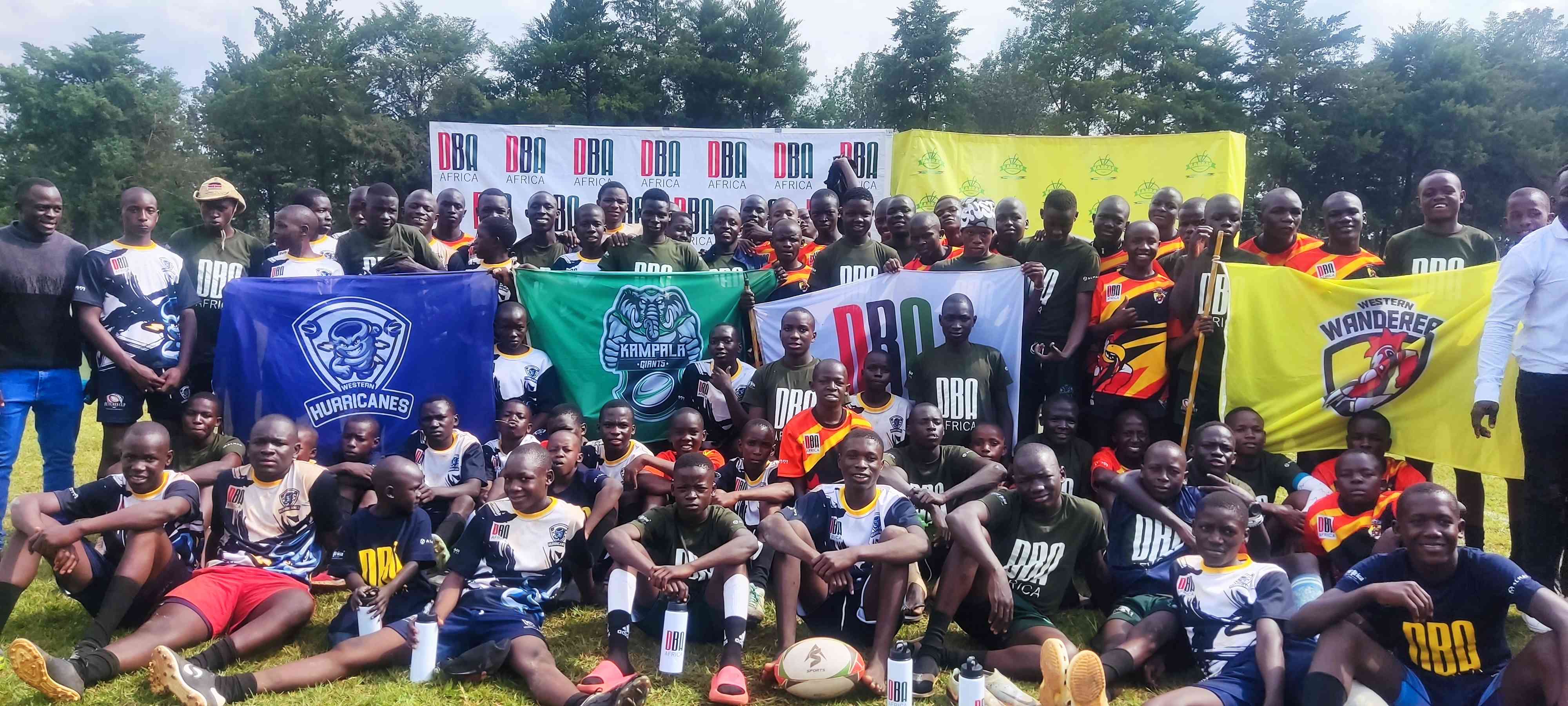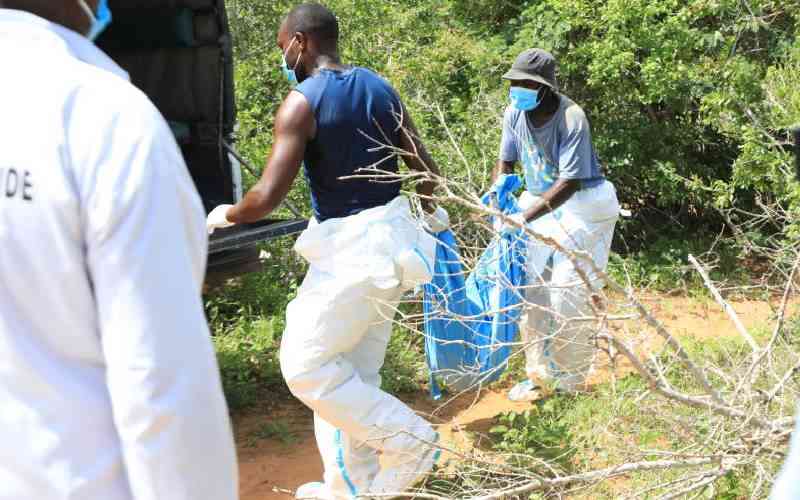By Joe Ombuor
Sugarcane is rapidly making a comeback to the low lying, flat landscape of the South Coast. This is an areas where cane disappeared in 1988 with the collapse of Ramisi Sugar Company after six decades of existence, depriving people thousands of jobs and a reliable source of income.
Swathes of farms under the ‘sweet cane’ roll out on both sides of the road between Ukunda, Msambweni and across Ramisi River, as out growers who once minted money from the crop and the nucleus farm become active again, courtesy of local and international investors.
Kwale International Sugar Company Ltd (Kiscol), descendant of the defunct Ramisi could be up and running in the next one year, according to sources within its management. The miller will initially add 100,000 tonnes of sugar into the domestic market, reducing nearly by half the deficit of the sweet commodity that currently stands at 250,000 tonnes per year.
Kiscol Agricultural Manager Mr Patrick Chebosi says parts of the milling factory imported from India are expected in the country by September this year after which the erection of a state of the art plant should start.
Already, heavy earth moving machinery is at work on site, preparing the foundation ground for the factory. Chebosi says Kiscol has no match locally and in East Africa as far as technology in sugarcane growing is concerned. “We have adopted drip irrigation known for its efficiency and productivity precision for our nuclear farms. We are the first to do this in the region and second in Africa after a sugar firm in Swaziland that has 11, 000 hectares under drip.
“We expect to have 5,500 hectares (13,750 acres) under drip irrigation by the time the milling starts and our estimation to crash 3,000 tonnes cane per day that translates to 350 -400 tonnes of sugar daily is possible only where cane supply is certain. This is not possible with rain fed farming practiced by our competitors.”
“Drip irrigation ensures that each crop receives the right amount of water and fertilizer it requires for growth in a given period of time. That way, it is possible to maximise on yields and predict how much cane will be available at a particular time,” explains Chebosi.
He says sugar cane grows best and faster at sea level altitudes. “That is the advantage we have over upcountry sugar belts such as Mumias, Chemelil or Awendo where cane takes as many as 18 to 24 months to mature, whereas ours takes a maximum of 12 months.
“Growing sugarcane at the Coast is the way to go for this country to be self sufficient in sugar,” says Chebosi. “The Tana Delta would be ideal because of its relatively fertile soils from the annual flooding of the Tana River.
Irrigation scheme
If the proposed Sh30 billion Sugar growing irrigation scheme to be implemented by Tarda in conjunction with Mumias Sugar Company takes off, then this country will have taken a huge leap as a serious sugar producer.”
He says drip irrigation using water mixed with the right amounts of fertilizer is the reason Kiscol is producing 120 tonnes of cane per hectare, compared with 50 to 60 tons cane per hectare in sugar companies practicing ordinary rain fed agriculture. He says Kiscol will generate its own power from sugarcane waste. “We expect to produce 18 megawatts and sell excess power into the national grid,” he says.
The company also targets the production of ethanol.
Chebosi says Kenya would produce surplus sugar if all suitable land at the Coast were put into cane growing.
Stay informed. Subscribe to our newsletter
“Such a move would be a nightmare for sugar barons who make millions from cheap imports and will do everything within their power to sabotage it, but that is where the solution to our sugar problems lie,” says Chebosi. He says the Tana Delta is more fertile than Ramisi because of the annual flooding and resultant alluvial deposits.
 The Standard Group Plc is a
multi-media organization with investments in media platforms spanning newspaper
print operations, television, radio broadcasting, digital and online services. The
Standard Group is recognized as a leading multi-media house in Kenya with a key
influence in matters of national and international interest.
The Standard Group Plc is a
multi-media organization with investments in media platforms spanning newspaper
print operations, television, radio broadcasting, digital and online services. The
Standard Group is recognized as a leading multi-media house in Kenya with a key
influence in matters of national and international interest.
 The Standard Group Plc is a
multi-media organization with investments in media platforms spanning newspaper
print operations, television, radio broadcasting, digital and online services. The
Standard Group is recognized as a leading multi-media house in Kenya with a key
influence in matters of national and international interest.
The Standard Group Plc is a
multi-media organization with investments in media platforms spanning newspaper
print operations, television, radio broadcasting, digital and online services. The
Standard Group is recognized as a leading multi-media house in Kenya with a key
influence in matters of national and international interest.








